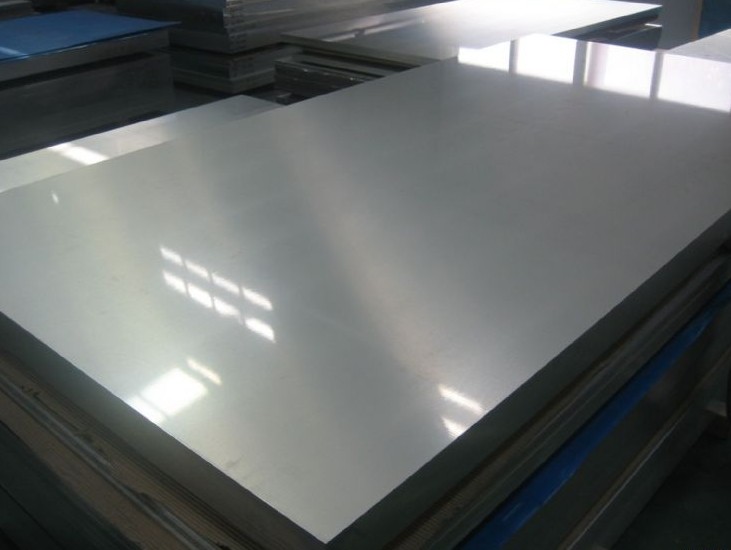NEWS
The Reasons Why Titanium Plates Mildew in The Daily Industrial Processes
- Categories:Latest Activities
- Author:
- Origin:
- Time of issue:2019-01-14 18:32
- Views:
(Summary description)Many people say that it is impossible for titanium plates to go mouldy in the daily industrial processes, thinking that if a piece of titanium plate mildews...
The Reasons Why Titanium Plates Mildew in The Daily Industrial Processes
(Summary description)Many people say that it is impossible for titanium plates to go mouldy in the daily industrial processes, thinking that if a piece of titanium plate mildews...
- Categories:Latest Activities
- Author:
- Origin:
- Time of issue:2019-01-14 18:32
- Views:
Many people say that it is impossible for titanium plates to go mouldy in the daily industrial processes, thinking that if a piece of titanium plate mildews, it’s then a matter of quality. However, under some particular circumstances, titanium plates do mildew during the industrial manufacture. This article will demonstrate the specific reasons.
The titanium plates in the daily industry cannot be rotten because they can resist the oxidation in atmospheric layer and have the ability to resist corrosion in acid and alkali salts. But this ability depends on their own components, state of machining, environment, medium and condition. For instance, some new titanium tubes, in dry and clean air, the ability to avoid rust is absolute. Nevertheless, if they are transferred into a place near the sea and in a sea-fog environment with huge amount of salt, they will be rotten quickly. So not all the titanium plates in daily industry resist mildew.
The industrial titanium plates during daily manufacture prevent themselves from oxygen atoms by thin and tight oxidation film generated from their surfaces so that they obtain very strong ability to be against rust and corrosion. Suppose there is certain reason that lets the film get damaged constantly, then the oxygen atoms from the air or liquids will infiltrate in. There are many forms of this kind of damage. Now let us see several common ones.
1. The surface of titanium plates deposited different metallic particles, or contained dust of other metallic elements. Then, in moist airs, the condensate water between the attached objects and the plates make these two into a micro battery which causes the electrochemical reaction and the following electrochemical corrosion.
2. There are organics on the surface such as vegetables, flours and soups etc. With the involvement of water and oxygen, organic acids will be generated. In the long run, those acids will corrode the surface of the plates.
3. The surface is attached with some matters containing acids, alkalies and salts such as whitewash or soda water used for walls. This will lead the plate to regional corrosion.
4. Polluted airs (carbon oxides, sulfides, nitrogen oxides, etc. ) catch condensate water and then form into vitriol and acetic acid. Eventually, chemical corrosion is inevitable.
The situations above all possibly cause the damage of the oxidation film and lead to mildew.

Scan the QR code to read on your phone
Headquarter
Add: #1702 Huaxia Bank Tower, No. 256 Soutn Pudong Road,Shanghai,China
Tel: +86 21 6886 5251; +86 21 5877 0100
Fax: +86 21 5877 0148
E-mail: csm@nonferrous-metal.com
Website: www.csmhuaxia.com









